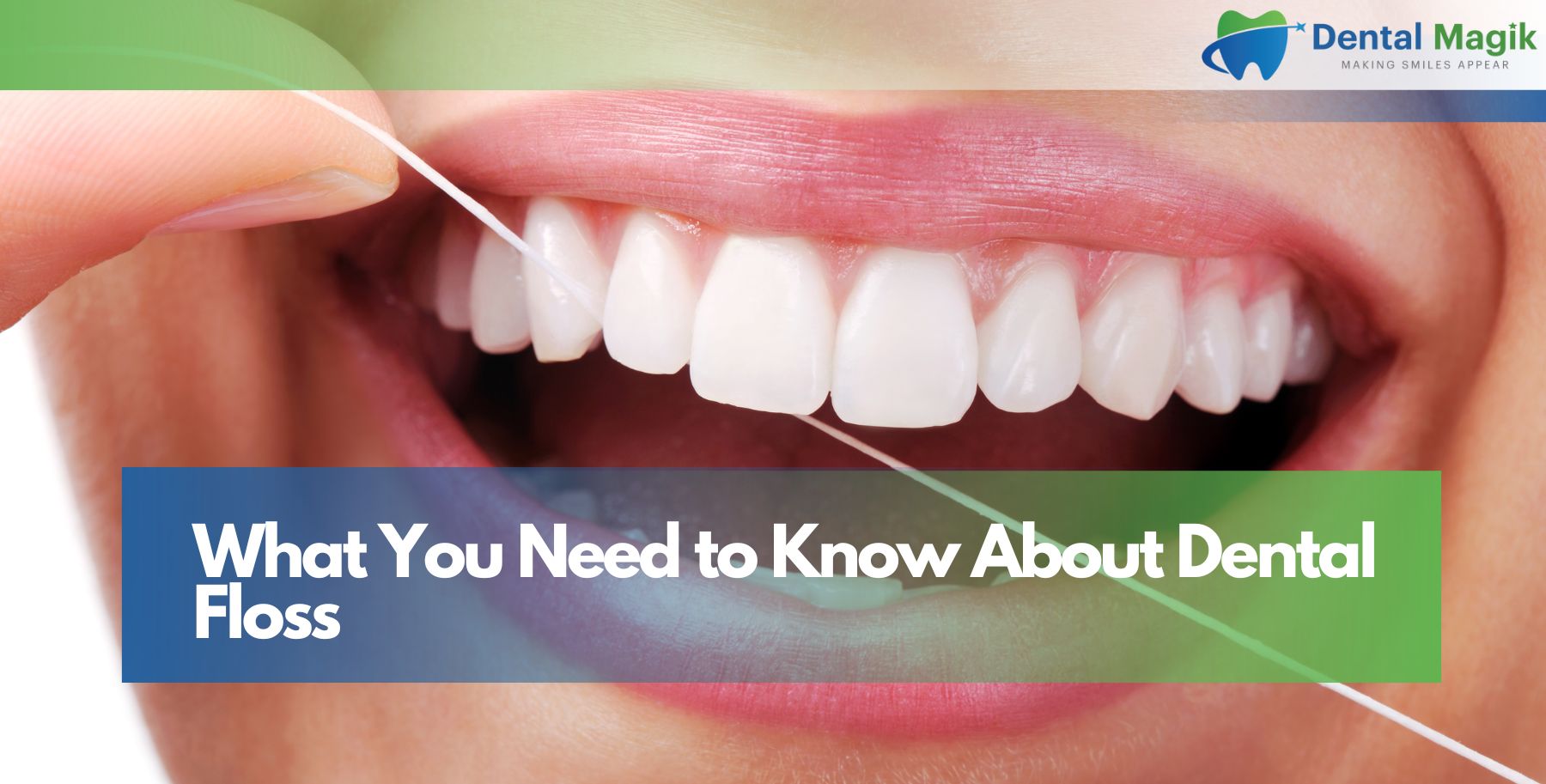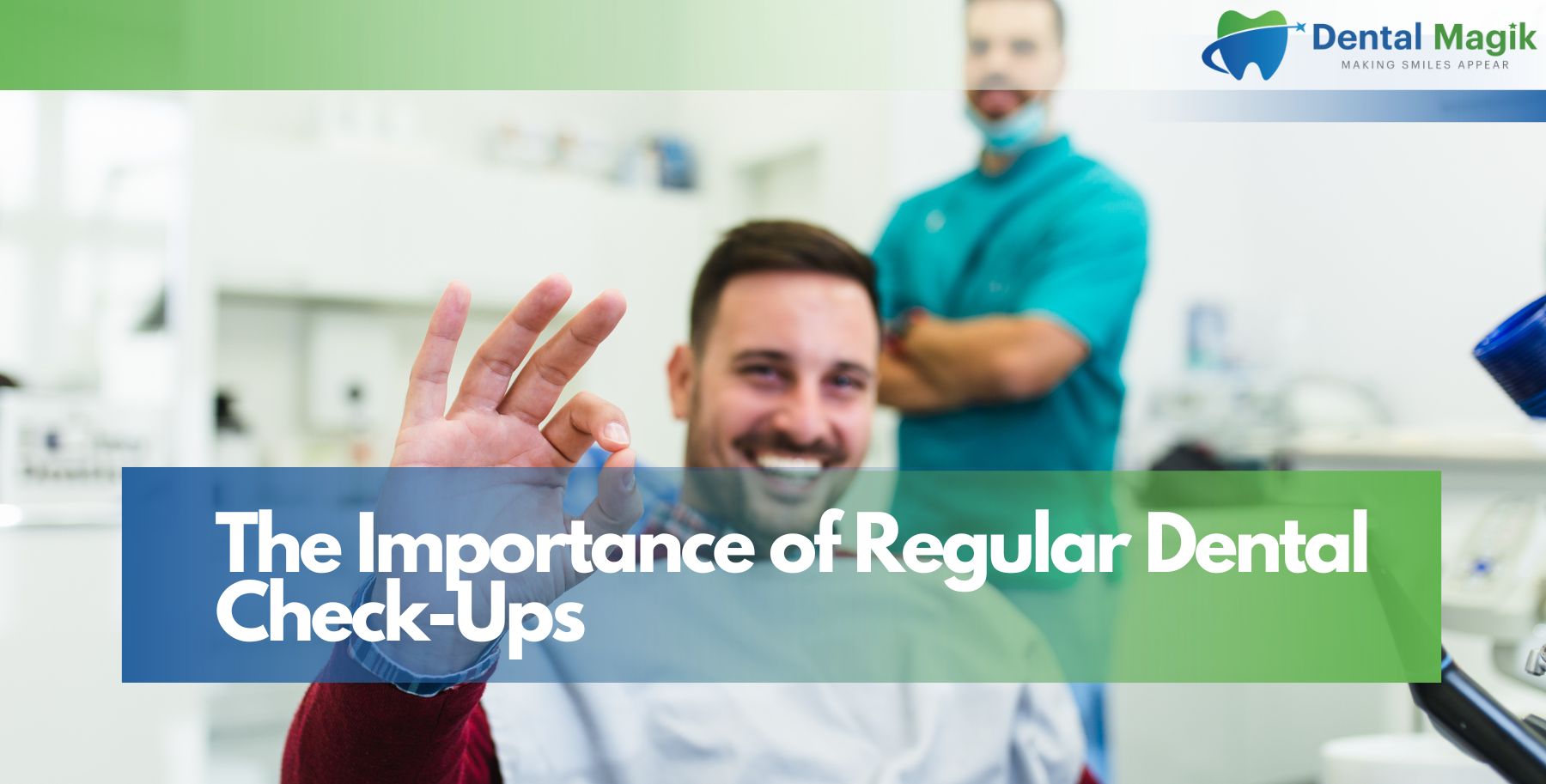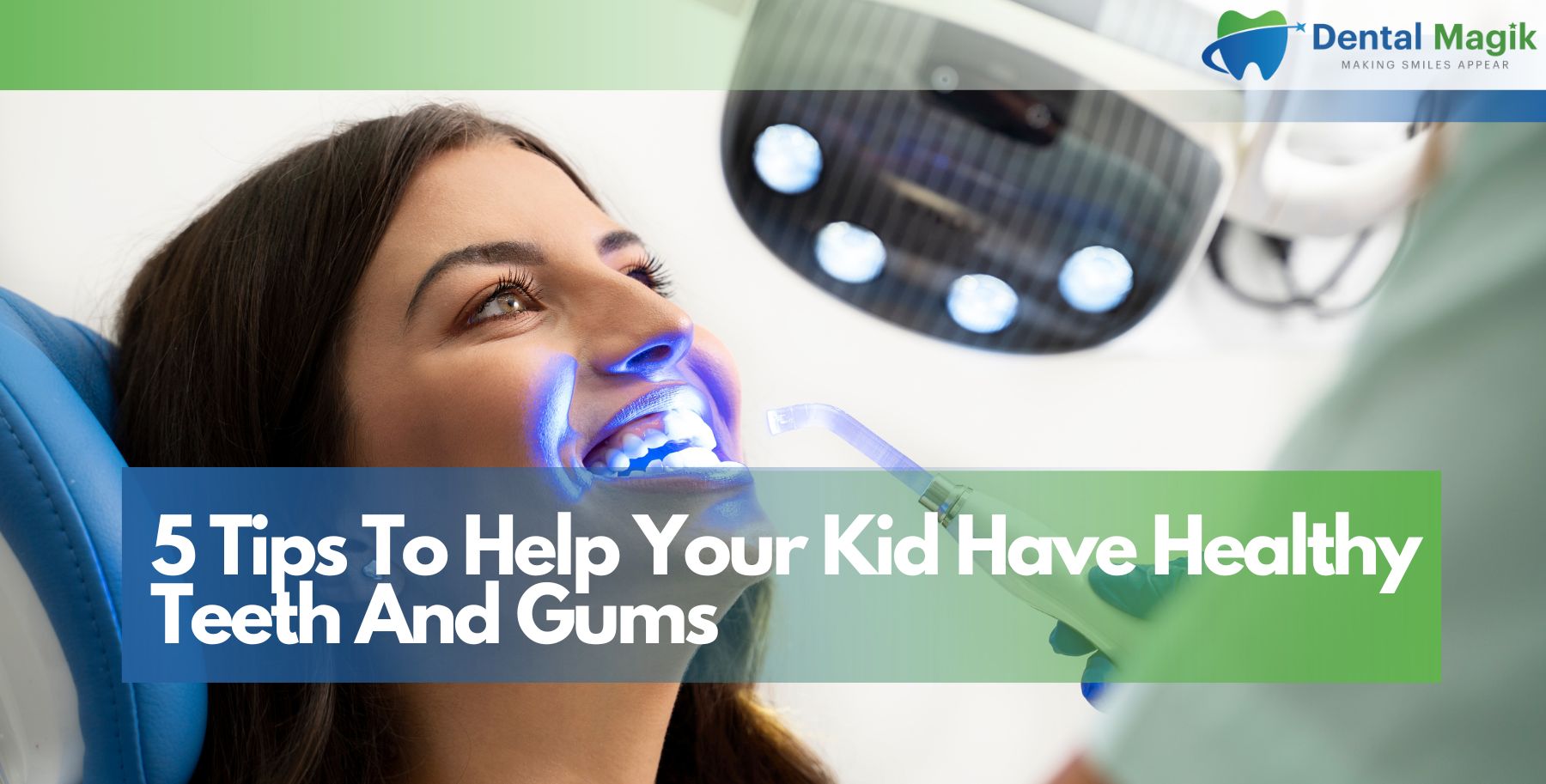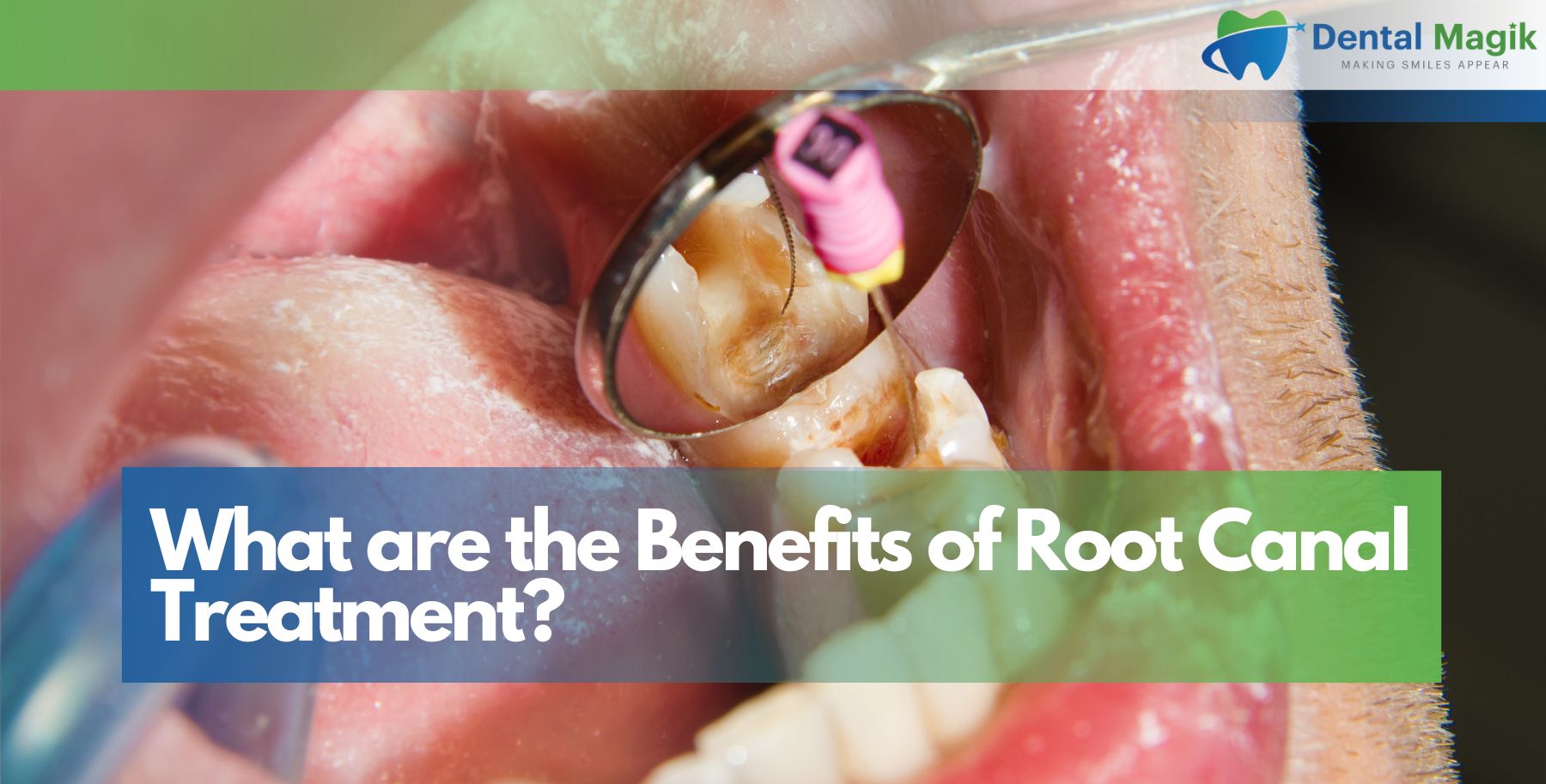Dental braces are an integral part of modern orthodontic treatment, offering a way to correct teeth misalignment, improve bite function, and enhance the aesthetic appeal of one’s smile. Whether you’re an adolescent, adult, or senior looking to improve your oral health, braces provide a reliable and effective solution for a wide range of dental concerns. With advancements in orthodontic technology, there are more options than ever when it comes to choosing the right type of braces to suit your needs, preferences, and budget. We will tell you through everything you need to know about dental braces, from the different types available to the procedure, benefits, and costs. By the end, you’ll have a deeper understanding of how braces work and be better equipped to make an informed decision about your orthodontic care.
What Are Dental Braces?
Dental braces are orthodontic devices designed to straighten teeth, fix bite issues, and improve overall oral health. They consist of brackets, wires, and rubber bands that work together to apply gentle pressure to your teeth, gradually shifting them into their correct positions. Braces are not only for cosmetic purposes but are also crucial for addressing issues like crooked teeth, gaps, overbites, underbites, crossbites, and overcrowded teeth.
The process of wearing braces involves adjusting them periodically, with regular visits to your orthodontist, typically every 4-6 weeks. While the treatment period can last anywhere from 12 months to 3 years depending on the complexity of the issue, the result is a healthy, well-aligned smile that can improve both your dental functionality and aesthetic appearance.
Types of Dental Braces
When it comes to braces, one size does not fit all. Several types of braces are available, each with its own unique features, benefits, and drawbacks. Here is a closer look at the most common types of braces used today.
Traditional Metal Braces
Traditional metal braces are the most commonly used type of braces. They consist of metal brackets attached to the front of your teeth, with a wire threaded through them. These wires are tightened regularly to move your teeth into the desired position. To hold the wire in place, elastic bands or ligatures are used.
Pros:
- Cost-Effective: Traditional metal braces are typically the most affordable option for orthodontic treatment.
- Effective for Severe Cases: They are the best choice for treating severe dental misalignments, as they provide more control over tooth movement.
- Durability: These braces are strong and can withstand significant wear and tear, making them suitable for patients of all ages.
Cons:
- Highly Visible: The main downside is that they are noticeable and can affect self-esteem, especially for teenagers and adults.
- Discomfort: Traditional braces may cause some discomfort after adjustments and can irritate the inside of the mouth.
Ceramic Braces
Ceramic braces are similar to traditional metal braces but with a key difference—the brackets are made from clear or tooth-colored ceramic material, which blends more naturally with the color of your teeth.
Pros:
- Discreet Appearance: Ceramic braces are less noticeable compared to traditional metal braces, making them a popular choice for those concerned about aesthetics.
- Effective Treatment: Like metal braces, ceramic braces are highly effective in addressing a wide range of dental issues.
Cons:
- More Expensive: Ceramic braces tend to cost more than metal braces due to the material and their discreet appearance.
- Potential for Staining: The ceramic brackets are prone to staining, so it is important to maintain good oral hygiene to keep them looking clean.
Lingual Braces
Lingual braces are similar to traditional metal braces, but they are placed on the inside of the teeth, making them virtually invisible to others.
Pros:
- Invisible Treatment: Lingual braces are hidden from view, offering a more discreet option for patients who are concerned about aesthetics.
- Custom-Fit: Lingual braces are custom-made to fit the unique contours of your teeth, offering a precise fit.
Cons:
- Initial Discomfort: Lingual braces can cause more discomfort during the first few weeks as the inside of the mouth adjusts to the brackets and wires.
- Difficult to Clean: Since they are located on the inside of your teeth, lingual braces can be harder to clean and maintain.
- More Expensive: Lingual braces tend to be more expensive than other types of braces, making them less accessible for some patients.
Clear Aligners (Invisalign)
Clear aligners, such as Invisalign, are one of the most popular alternatives to traditional braces. They are custom-made, clear plastic trays that fit over your teeth and gradually shift them into alignment over time. Unlike traditional braces, clear aligners do not require brackets or wires.
Pros:
- Virtually Invisible: Clear aligners are nearly invisible, offering a discreet way to straighten your teeth.
- Removable: You can remove clear aligners when eating or brushing your teeth, which makes them more convenient and easier to maintain than traditional braces.
- Comfortable: Clear aligners have no metal or sharp edges, so they are often more comfortable than traditional braces.
Cons:
- Not Suitable for All Cases: Clear aligners may not be effective for severe dental issues or complex orthodontic cases.
- Requires Discipline: For clear aligners to work effectively, they must be worn for at least 22 hours a day. This requires a high level of discipline from the wearer.
- More Expensive: Invisalign and other clear aligner systems can be more expensive than traditional braces.
Self-Ligating Braces
Self-ligating braces are similar to traditional metal braces but have a key difference. Instead of using elastic bands to hold the wire in place, these braces use a built-in mechanism to secure the archwire. This reduces friction, which can help speed up the treatment process.
Pros:
- Fewer Adjustments: Self-ligating braces often require fewer visits to the orthodontist for adjustments, saving time and reducing treatment time.
- Less Friction: The design of these braces reduces the friction between the wire and brackets, which can result in less discomfort.
Cons:
- Expensive: They tend to be more expensive than traditional metal braces.
- Visible: While they are less noticeable than other types, self-ligating braces are still visible, particularly the metal version.
The Procedure for Getting Dental Braces
The process of getting dental braces involves several steps, starting with a consultation and ending with the removal of your braces. Below is an overview of what you can expect when you decide to undergo orthodontic treatment.
Step 1: Initial Consultation
The first step in getting braces is a consultation with an orthodontist. During this appointment, the orthodontist will assess your dental condition through X-rays, impressions, and photographs. Based on this examination, the orthodontist will recommend the most suitable type of braces and create a customized treatment plan.
Step 2: Fitting Your Braces
Once you decide on the type of braces that best suits your needs, the orthodontist will fit them onto your teeth. This typically involves cleaning your teeth, applying a bonding agent to attach the brackets, and threading the wire through them. The wire is then adjusted to apply gentle pressure to shift your teeth into place.
Step 3: Regular Adjustments
After your braces are fitted, you will need to visit your orthodontist every 4-6 weeks for adjustments. During these visits, the orthodontist will tighten the wires or replace the aligners to continue moving your teeth into the desired position.
Step 4: Retainers
Once your braces have successfully aligned your teeth, your orthodontist will remove them and provide you with a retainer. Retainers help keep your teeth in their new position and prevent them from shifting back over time.
Benefits of Dental Braces
Dental braces offer more than just an aesthetic improvement to your smile. Here are some of the most significant benefits that braces provide:
Enhanced Appearance
One of the most obvious benefits of braces is the improvement in your smile. Straightening your teeth can enhance your overall appearance, boosting your self-esteem and confidence.
Improved Oral Health
Braces help correct misaligned teeth, which can make brushing and flossing difficult. With properly aligned teeth, it’s easier to maintain good oral hygiene, reducing the risk of cavities, gum disease, and tooth decay.
Better Bite Function
Braces help correct bite problems such as overbites, underbites, and crossbites. A properly aligned bite improves chewing efficiency, reduces stress on the jaw, and can help prevent long-term jaw issues such as temporomandibular joint (TMJ) disorder.
Long-Term Benefits
The benefits of braces extend beyond the treatment period. Once your braces are removed and your teeth are aligned, you will enjoy long-term dental health and aesthetics. In many cases, people who wear braces experience better speech, reduced teeth wear, and fewer dental issues in the future.
Costs of Dental Braces
The cost of dental braces can vary greatly depending on the type of braces, the complexity of the case, and the length of treatment. On average, braces can cost anywhere from $3,000 to $10,000.
Factors Affecting the Cost:
- Type of Braces: Metal braces are generally the most affordable, while options like clear aligners or lingual braces can cost more.
- Location: The cost of braces can vary depending on your geographic location. Urban areas tend to have higher prices than rural areas.
- Treatment Duration: The longer you need to wear braces, the higher the cost. Treatment times vary based on the severity of the dental issue.
- Insurance: Many dental insurance plans cover a portion of the cost of braces, particularly for children and teenagers.
Conclusion
Dental braces are an effective solution for individuals looking to straighten their teeth and improve their oral health. With several types of braces to choose from, including traditional metal braces, ceramic braces, lingual braces, clear aligners, and self-ligating braces, you have plenty of options to achieve your desired results. Although the cost of braces can be a significant investment, the long-term benefits to your smile and dental health are well worth it.
If you’re considering braces, it’s important to consult with a skilled and experienced orthodontist who can guide you through the process and help you choose the best treatment plan for your needs. At Dental Magik, Dentist in East Brunswick, NJ, our team of dedicated professionals is here to provide you with the most advanced orthodontic treatments. Contact us today to schedule your consultation and take the first step toward a beautiful, healthy smile.







